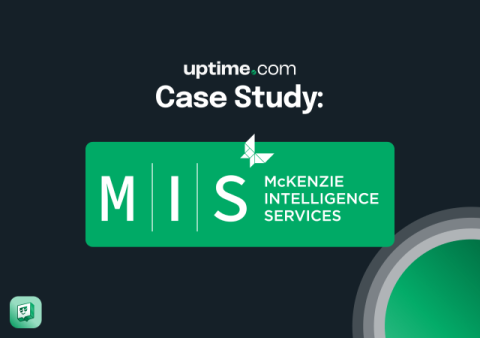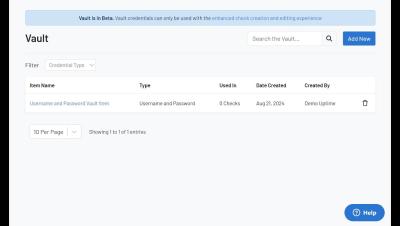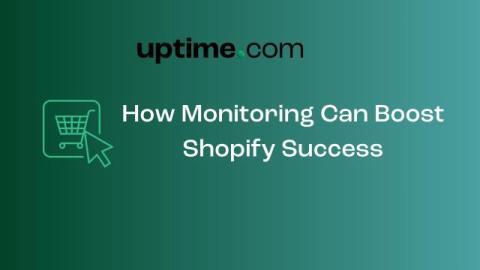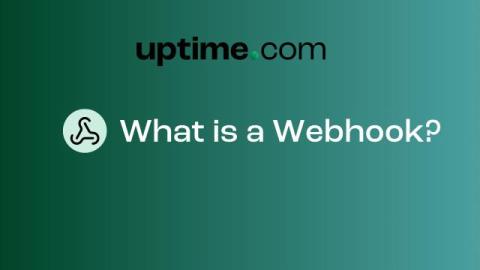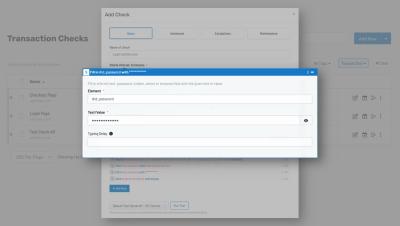Case Study: McKenzie Intelligence Services
McKenzie Intelligence Services (MIS) is a company specializing in damage assessment post-disasters. Their platform, the Global Events Observer (GEO), offers comprehensive coverage of natural and manmade disasters worldwide, such as hurricanes, floods, civil unrest, and rioting. MIS provides an expert-assessed view of the world through analysts who analyze various imagery sources, including satellite and street-level imagery.


